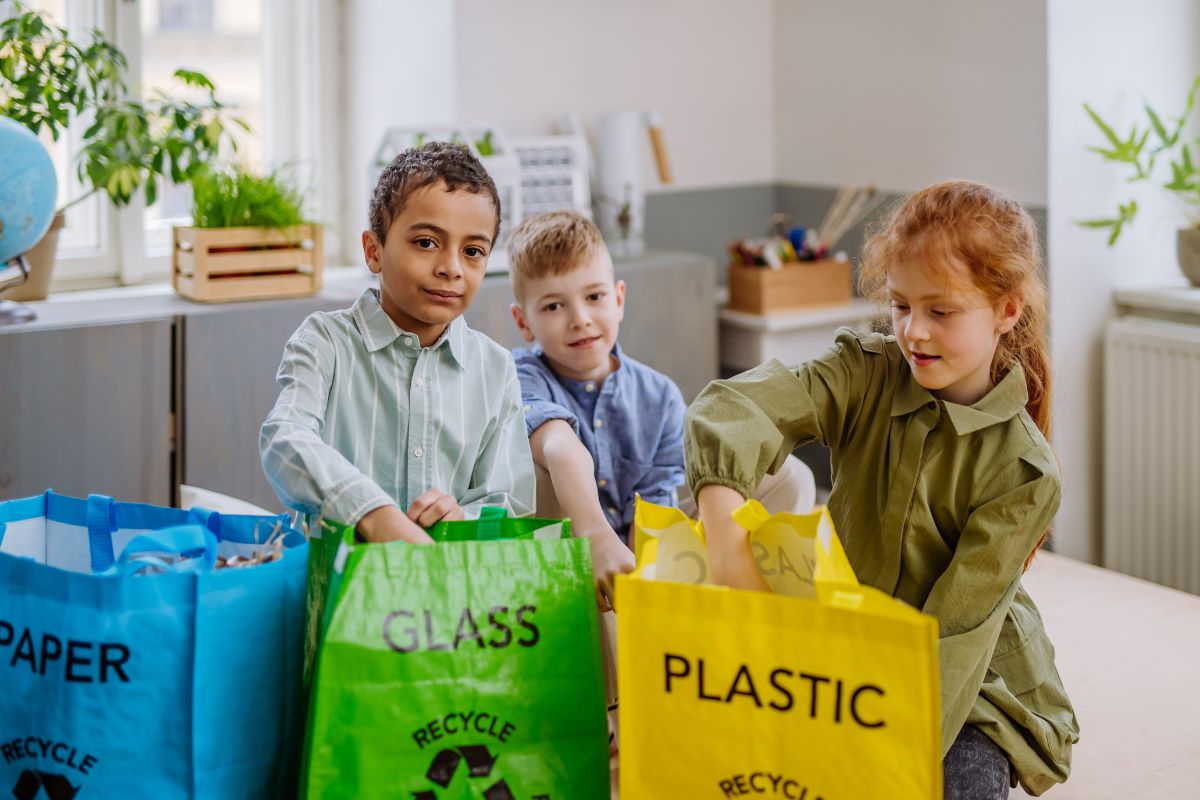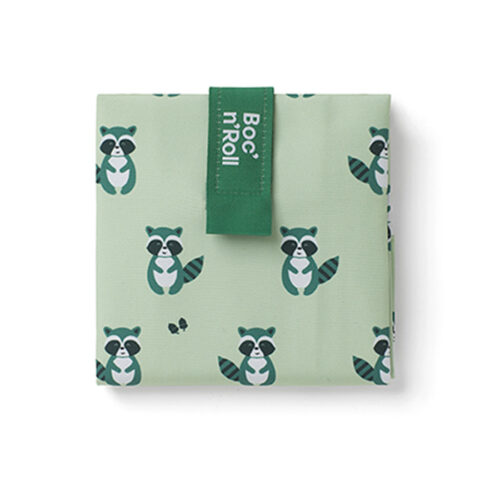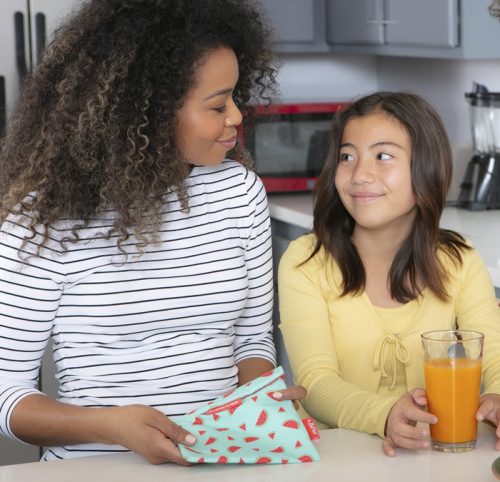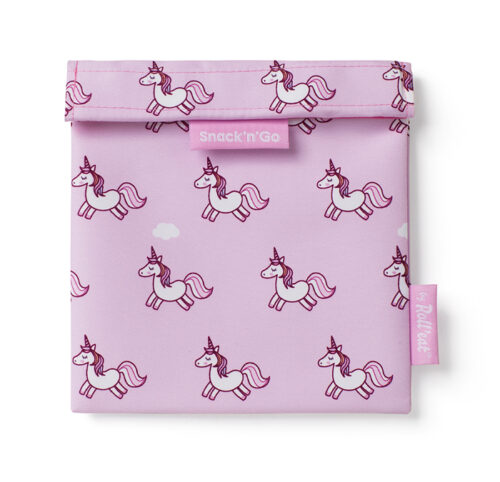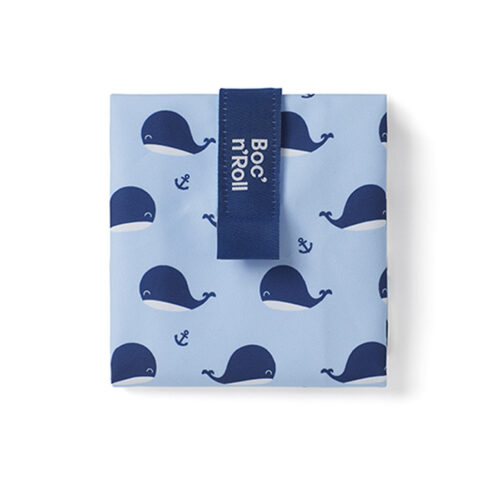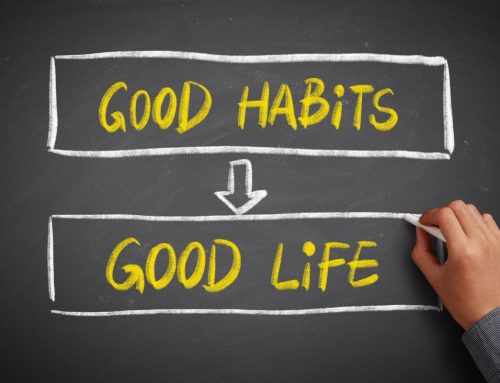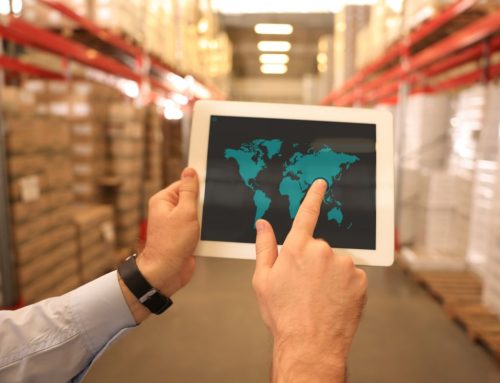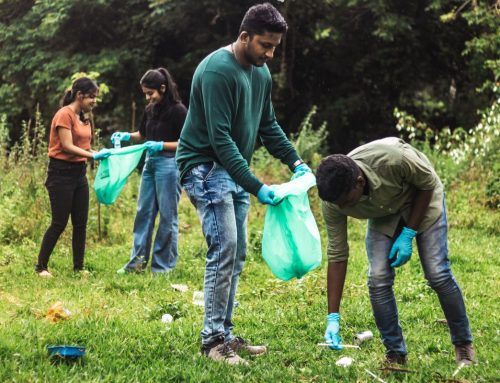Introducing the sustainability activities for kids not only cultivates a sense of responsibility towards the environment but also empowers them to become conscientious global citizens. In today’s world, where environmental issues are increasingly pressing, instilling eco-friendly habits and values in children from a young age is crucial.
Fostering Environmental Responsibility and Critical Thinking
Environmental responsibility, critical thinking, and active participation in shaping a sustainable future. These activities cover a wide spectrum, from hands-on projects to educational discussions, all aimed at nurturing a deeper understanding of environmental issues and fostering a sense of stewardship towards the planet.
Hands-On Engagement: Practical Steps in Sustainability
Through initiatives like reusing, composting, and nature scavenger hunts, children learn practical ways to reduce waste, appreciate biodiversity, and connect with the natural world. Hands-on experiences like creating bee habitats, making seed bombs, or building solar ovens not only teach about specific environmental concerns but also empower kids to take tangible actions to support ecosystems and conserve resources.
Educational components, such as environmental documentaries, discussions, and experiments, offer valuable insights into complex topics like water conservation, energy efficiency, and the impact of human actions on the environment. These activities encourage critical thinking, problem-solving, and discussions about solutions to global challenges like climate change and pollution.
From Roll’eat we are very focused on educating the new generations to take care of the planet. Our products are perfect because they make the children get used to not using single-use wrappers but to use the Boc’n’Roll or Snack’n’Go from a very young age.
Cultivating a Future Generation of Environmental Stewards
Encouraging creativity through upcycling crafts, sustainability-themed art exhibitions, or clothing swaps teaches children the value of reusing resources, reducing consumption, and embracing sustainable practices in their daily lives.
Ultimately, these activities aim to inspire a sense of responsibility, empathy, and active citizenship in children, empowering them to make informed decisions that positively impact the environment. By fostering a connection to nature and instilling the importance of sustainable practices early on, we can nurture a generation that values and actively works towards a more sustainable and environmentally conscious future for themselves and generations to come.
Why are important sustainability activities for children?
Sustainability activities for kids encompass a diverse range of engaging, educational, and fun experiences that encourage them to understand the importance of protecting the planet and making environmentally conscious choices. You can discover some sustainable products for the implementation of activities in our blog.
These activities can span from hands-on projects like recycling, gardening, and energy conservation to interactive learning sessions that teach concepts of biodiversity, climate change, and waste reduction.
By involving children in sustainability activities, we not only equip them with valuable knowledge but also inspire a sense of stewardship towards our planet, fostering a generation passionate about preserving the Earth for the future.
30 different activities for kids
-
Recycling Relay
- Divide recyclable items (plastic, paper, glass) into separate bins and create a relay race where kids sort these items into the appropriate containers. Use this activity to discuss why recycling is essential and how it helps conserve resources.
-
DIY Compost Bin
- Teach kids about composting by creating a small bin using a plastic container with holes drilled for aeration. Explain what can and cannot be composted, and how composting turns food waste into nutrient-rich soil.
-
Nature Scavenger Hunt
- Provide a list of items found in nature (leaves, rocks, flowers, etc.) and have children search for them outdoors. Use this opportunity to discuss the importance of biodiversity and the role each item plays in the ecosystem.
-
Upcycling Crafts
- Gather materials such as cardboard, old newspapers, bottles, or jars, and guide children to turn them into new, useful items like pencil holders, bird feeders, or planters. Discuss how upcycling reduces waste and promotes creativity.
-
Gardening
- Explain the basics of gardening, including planting seeds, watering, and caring for plants. Discuss the benefits of growing one’s food, the importance of pollinators, and how plants contribute to a sustainable ecosystem.
-
Energy Conservation Challenge
- Engage kids in discussions about energy conservation and involve them in activities such as turning off lights, unplugging electronics, or using natural light during the day. Create a chart to track their efforts and the resulting energy savings.
-
Water Conservation Experiment
- Conduct experiments to demonstrate water conservation, such as measuring water flow from a dripping faucet or comparing water usage while brushing teeth with the tap on versus off.
-
Beach or Park Clean-Up
- Provide gloves and bags for children to collect litter in public spaces. Discuss the impact of littering on the environment and the importance of proper waste disposal.
-
Sustainable Fashion Show
- Discuss the concept of sustainable fashion and encourage kids to create clothing or accessories using recycled materials. Organize a “fashion show” where they can showcase their designs and explain their choices.
-
DIY Bird Feeders
- Guide kids in creating bird feeders using recycled materials. Hang them outside and discuss the importance of supporting local wildlife and biodiversity.
-
Environmental Storytelling
- Read age-appropriate books or tell stories that highlight environmental issues, conservation efforts, and ways individuals can make a positive impact on the planet.
-
Earth Day Poster Contest
- Provide art supplies and encourage kids to create posters promoting Earth Day or sustainability. Display their artwork to raise awareness within the community.
-
Environmental Science Experiments
- Conduct experiments that illustrate environmental concepts, such as creating a miniature greenhouse or demonstrating the effects of pollution on water quality using simple materials.
-
Zero Waste Lunch Challenge
- Discuss the concept of reducing single-use plastics and challenge kids to pack lunches using reusable containers and minimal packaging.
-
Nature Journaling
- Provide notebooks for children to document their observations, sketches, and thoughts about nature. Encourage them to write about changes they notice over time and how it connects to environmental factors.
-
E-Waste Collection Drive
- Educate kids about the hazards of electronic waste (e-waste) and its impact on the environment. Organize a drive where participants collect old electronic devices such as phones, chargers, or batteries. Discuss the importance of proper disposal or recycling of e-waste to prevent harmful substances like lead and mercury from polluting the environment and leaching into soil and water sources.
-
Solar Oven Cooking
- Introduce the concept of renewable energy by constructing simple solar ovens using cardboard, aluminum foil, and plastic wrap. Demonstrate how solar energy can be harnessed for cooking by using the oven to bake simple items like s’mores or heating up snacks. Discuss the benefits of solar power as a clean and sustainable energy source.
-
Water Filtration Experiment
- Set up a hands-on water filtration experiment using household materials like sand, gravel, cotton, and activated charcoal. Explain how the filtration process works and demonstrate how these materials can remove impurities from water. Emphasize the importance of clean water and ways to conserve and protect this vital resource.
-
Bee Habitat Creation
- Teach kids about the critical role bees play in pollination and maintaining biodiversity. Create bee-friendly habitats by constructing bee hotels using recycled materials like bamboo, cardboard, or small logs. Additionally, plant native flowers and herbs that attract bees to provide them with food sources.
-
Environmental Documentary Screening
- Select age-appropriate documentaries or educational videos focusing on environmental issues such as climate change, pollution, or conservation efforts. After watching, facilitate discussions to encourage children to share their thoughts, ask questions, and explore solutions to these issues.
-
Paper Making
- Engage children in the paper recycling process by demonstrating how to create recycled paper from old newspapers or scrap paper. Explain the steps involved in pulping, straining, and drying to transform waste paper into new usable sheets. Discuss the importance of recycling paper to reduce deforestation and save trees.
-
Energy-Saving Home Audit
- Guide kids through a home energy audit, identifying areas where energy might be wasted, such as leaving lights on unnecessarily or using appliances inefficiently. Brainstorm and implement simple solutions like using energy-efficient bulbs or unplugging electronics when not in use.
-
Sustainable Transportation Challenge
- Discuss the environmental impact of transportation and explore alternative methods such as walking, biking, carpooling, or using public transportation. Calculate and discuss the reduction in carbon emissions achieved by opting for these eco-friendly transportation options.
-
Nature Photography
- Provide cameras or smartphones for kids to capture the beauty of nature through photography. Encourage them to explore and appreciate the natural world, capturing images of landscapes, plants, wildlife, or patterns in nature. Use this activity to inspire conversations about conservation and the importance of preserving natural habitats.
-
Seed Bombs
- Demonstrate how to create seed bombs by mixing clay, soil, and wildflower seeds into small balls. Explain the concept of guerrilla gardening and how throwing these seed bombs in specific areas can help reseed barren or neglected spaces, contributing to biodiversity and supporting local ecosystems.
-
Clothing Swap Event
- Organize a clothing swap where kids bring gently used clothes they no longer wear and exchange them with others. Discuss the benefits of reusing clothing to reduce textile waste, minimize consumption, and promote a circular fashion economy.
-
Green Cleaning Products
- Teach kids to create eco-friendly cleaning solutions using natural ingredients such as vinegar, baking soda, and lemon juice. Explain how these alternatives are safer for the environment, reduce exposure to harsh chemicals, and minimize pollution in waterways.
-
Climate Action Pledge
- Encourage children to create personal pledges or commitments to take actions that contribute positively to addressing climate change. Help them brainstorm and articulate specific, achievable goals such as reducing meat consumption, conserving water, planting trees, or advocating for environmental causes.
-
Rainwater Harvesting Demonstration
- Set up a demonstration of rainwater harvesting by installing a simple rain barrel system. Explain how collected rainwater can be used for watering plants, reducing the demand on municipal water sources, and conserving water.
-
Sustainability Art Exhibition
- Inspire creativity by encouraging kids to create artwork using recycled materials such as cardboard, paper scraps, or plastic bottles. Organize an exhibition to showcase their artwork, fostering discussions about sustainability and the importance of reusing resources.
